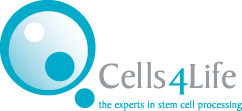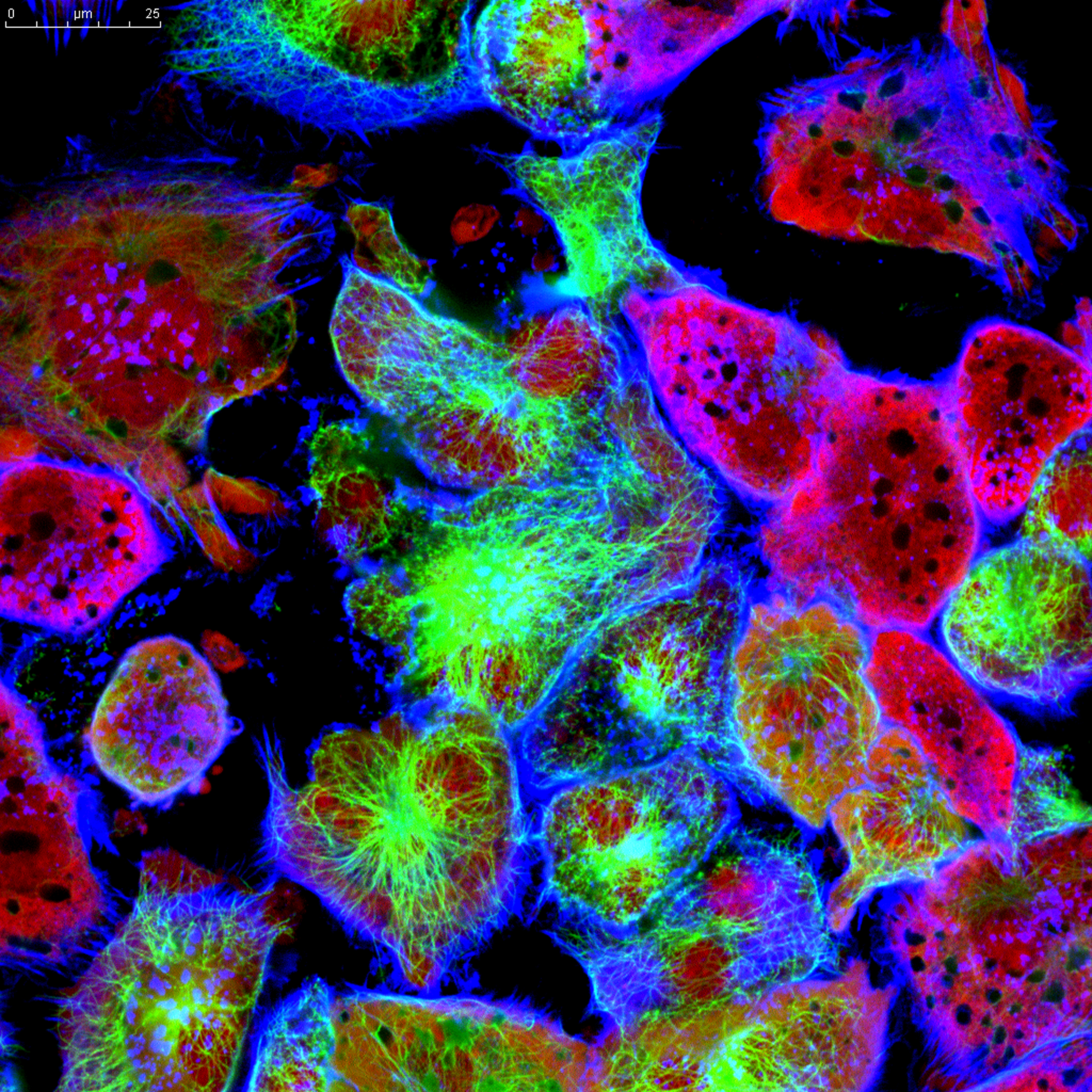Neuroblastoma and Stem Cells
Neuroblastoma is a cancer which most commonly affects younger children, rarely affecting older children, teenagers or adults. The cancer develops from specialised cells called neuroblasts which grow into solid tumours which are commonly found in the abdomen or nerve tissue situated alongside the spinal cord, in the neck, chest, abdomen or pelvis.[1]
The cause of the condition is unknown and while there have been rare cases where children within the same family have been affected it is not a cancer which generally runs in families.[2]
Neuroblastoma is the most common cancer in infancy and, unfortunately, it is often a difficult cancer to treat.[3]
Neuroblastoma Facts
- It is the most common tumour found in children younger than 1 year of age[3]
- It is the most common extra cranial solid tumour cancer in children[3]
- Every 16 hours a child with neuroblastoma dies[3]
- More than 100 children in the UK are diagnosed each year from the condition[1]
- It makes up 8% of the total number of children’s cancers[1]
- It is the second most common solid tumour in childhood [1]
- Most children who get this cancer are younger than five years old [1]
- It is the most common indication for autologous HSC transplantation in children[4]
Neuroblastoma and Stem Cells
Neuroblastoma is one of many cancers where autologous stem cell transplants may be used in the treatment process. In fact, it is the most common reason for autologous (haematopoietic) stem cell transplantation in children.[4]
For those who have stored cord blood this means intensive treatments can be undertaken immediately without the need to procure stem cells or find a match. One study found that where possible cord blood stem cells should be the preferred option to peripheral blood stem cells because in some instances the stem cell count in peripheral blood is insufficient for transplant. The study also noted that the collection of peripheral blood stem cells can be uncomfortable, particularly for younger children.[5]
There have been multiple documented cases of children who have used their own cord blood to successfully treat neuroblastoma.
Today there are 175 clinical trials investigation the application of stem cells[6] and 12 clinical trials investigating the application of cord blood stem cells to treat the condition.[7]
References
- http://www.macmillan.org.uk/Cancerinformation/Cancertypes/Childrenscancers/Typesofchildrenscancers/Neuroblastoma.aspx
- http://www.nhs.uk/conditions/neuroblastoma/Pages/Introduction.aspx
- http://www.theronanthompsonfoundation.com/neuroblastoma/facts
- http://www.nature.com/bmt/journal/v48/n2/full/bmt2012146a.html
- http://www.turkishjournalpediatrics.org/?fullTextId=1463&lang=eng
- https://clinicaltrials.gov/ct2/results?term=stem+cell+neuroblastoma&Search=Search
- https://clinicaltrials.gov/ct2/results?term=cord+blood+neuroblastoma&Search=Search
- Pediatric transplantation, 20(2), 290–296. https://doi.org/10.1111/petr.12647
- JAMA, 322(8), 746–755. https://doi.org/10.1001/jama.2019.11642
The information contained in this article is for information purposes only and is not intended to replace the advice of a medical expert. If you have any concerns about your health we urge you to discuss them with your doctor.




